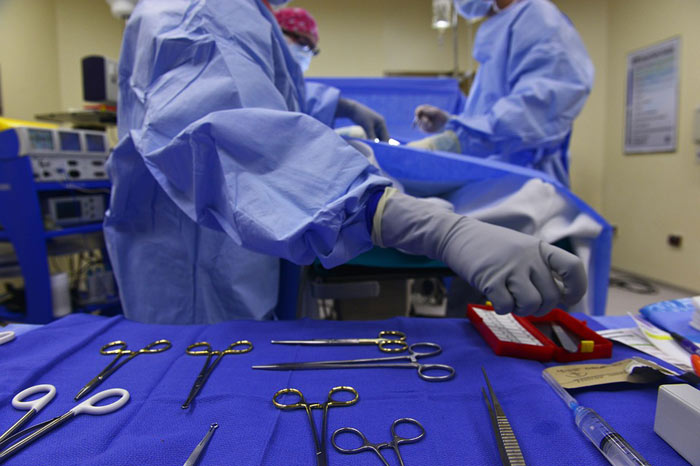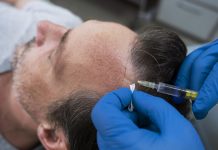There are a number of reasons why people choose to undergo rhinoplasty and nasal collapse is one of them. Rhinoplasty is very often used to improve the appearance of the nose but it can also be used to correct functionality issues such as a deviated septum.

Rhinoplasty is a delicate and detailed procedure that requires the skills of a board-certified and experienced plastic surgeon, which is why taking the time to find the correct surgeon for the procedure is so important.
Nasal Collapse: The Basics
Also known as a saddle nose deformity, nasal collapse is a type of nasal deformity that occurs for different reasons.
Nasal collapse is a type of pinched nose deformity that occurs between the bridge and the tip of the nose. The nose is one of the most prominent features of the face and this prominence is created by the nasal bones and cartilage, which serves as a kind of roof. Nasal collapse occurs when a dent forms between the bridge and the tip of the nose, causing an almost pinched or collapsed structural appearance.
Some surgeons even refer to this deformity as the ‘boxer’s nose’ because of how it changes the appearance of the face.
What Causes Nasal Deformities?
According to One Face, plastic surgery clinic specialized in rhinoplasty procedures, there are several reasons why nasal collapse tends to occur, one of which is linked to genetics. However, the most common reason why this dent form is because the deformity was acquired.
The first way that nasal collapse is acquired is through severe external trauma such as the nose being damaged in a car accident or fight. The second is when an inexperienced plastic surgeon reduces the ridge of the nose too much, which takes away a lot of the nose’s support, causing it to collapse.
How to Identify Nasal Collapse
There are a few ways that you can tell whether the nasal collapse has occurred, including:
- The bridge of the nose has a noticeable dent
- The tip of the nose is drooping
- The projection of the nose has become shorter
- The lower part of the nasal septum has been displaced backwards
It’s not difficult to identify nasal collapse without seeing a surgeon but it’s always best to get a professional opinion sooner rather than later.
Treating Nasal Collapse

Nasal collapse can easily be treated using a variety of surgical techniques. The goal of nasal collapse surgery is to restore the functionality and structure of the nose, which is why several grafts and a number of specialized materials will be required, some of which include titanium, ear, rib or radiated cadaver cartilage or silicon-based materials.
While cadaver cartilage and manmade materials do work really well, it’s always preferred if the tissue can be taken from the patient’s body. The main reason why this is preferred is because it reduces the chances of adverse reactions and the possibility of infections. With that being said, every surgeon has a different preference, so you will need to discuss these options during your consultation.
In most cases, a closed procedure will be performed, which means an incision is made on the inside of the nose. Once the graft has been integrated, the incisions will be closed up and the patient is free to go home on the same day.
If the entire septum is crooked though, an open procedure is usually required. Even though the incisions are made on the outside of the nose to complete the procedure, once they heal, they are barely visible.
Regardless of whether an open or closed procedure is performed, you will need to follow specific post-operative instructions to ensure you achieve your desired outcome.










